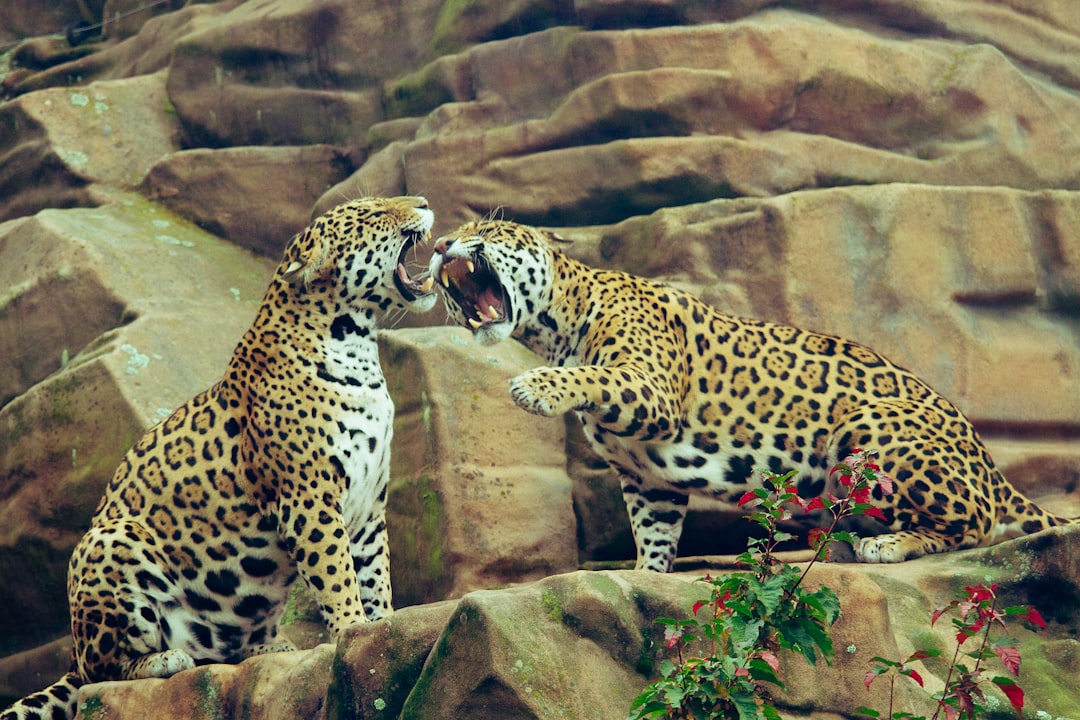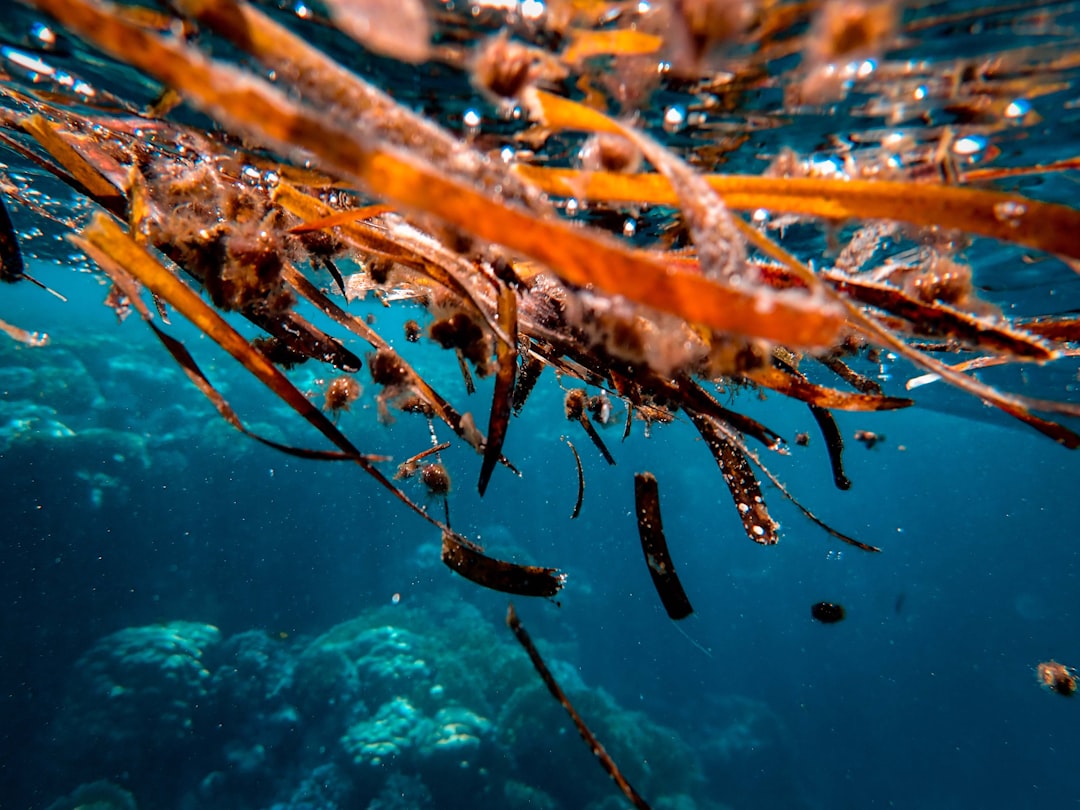What is it about?
Climate change has led to new and extreme environmental conditions. Such conditions can endanger sensitive ecosystems, like the South American forests of the Amazon and the Andes. These forests have endured past ice ages and global warming. But the current climatic changes along with harmful human activities such as deforestation may be more difficult to overcome. This can lead them to a tipping point, i.e., the point at which even small changes in climate can lead to severe destruction. The authors of this study used past climatic and ecological data to study how climate change and manmade fires can push the Amazon and Andes forests to a tipping point. They observed that during harsh conditions in the past, certain species living in these forests would move to more suitable living areas, called microrefugia. Now, the rise of manmade forest fires and chopping of trees is forcing these species to shift to a newer, cooler and fire free microrefugia. Sadly, fires, droughts, and floods are occurring faster than the rate at which these species can move to safety. This makes their survival difficult and makes them prone to extinction.
Featured Image

Photo by Marek Piwnicki on Unsplash
Why is it important?
If fires along with extreme climatic changes caused by humans are not controlled, they can lead to irreparable habitat and species loss. Even a 20% forest loss at 1-2°C warmer temperatures can turn these forests into dry grasslands. Maintaining biodiversity will require the creation of new microrefugia, which is difficult. The quick application of strong policies that prevent harmful human activities might lower the risk of these forests from reaching their tipping points. KEY TAKEAWAY: Forest fires and climate destruction caused by humans in the South American forests could cause irreversible damage to ecosystems, multiple species, and habitats. Preventing this requires strong policies to prevent such destruction and protect these forests.
Read the Original
This page is a summary of: New and Repeating Tipping Points: The Interplay of Fire, Climate Change, and Deforestation in Neotropical Ecosystems, Annals of the Missouri Botanical Garden, September 2020, Missouri Botanical Garden Press,
DOI: 10.3417/2020565.
You can read the full text:
Resources
Contributors
Be the first to contribute to this page










